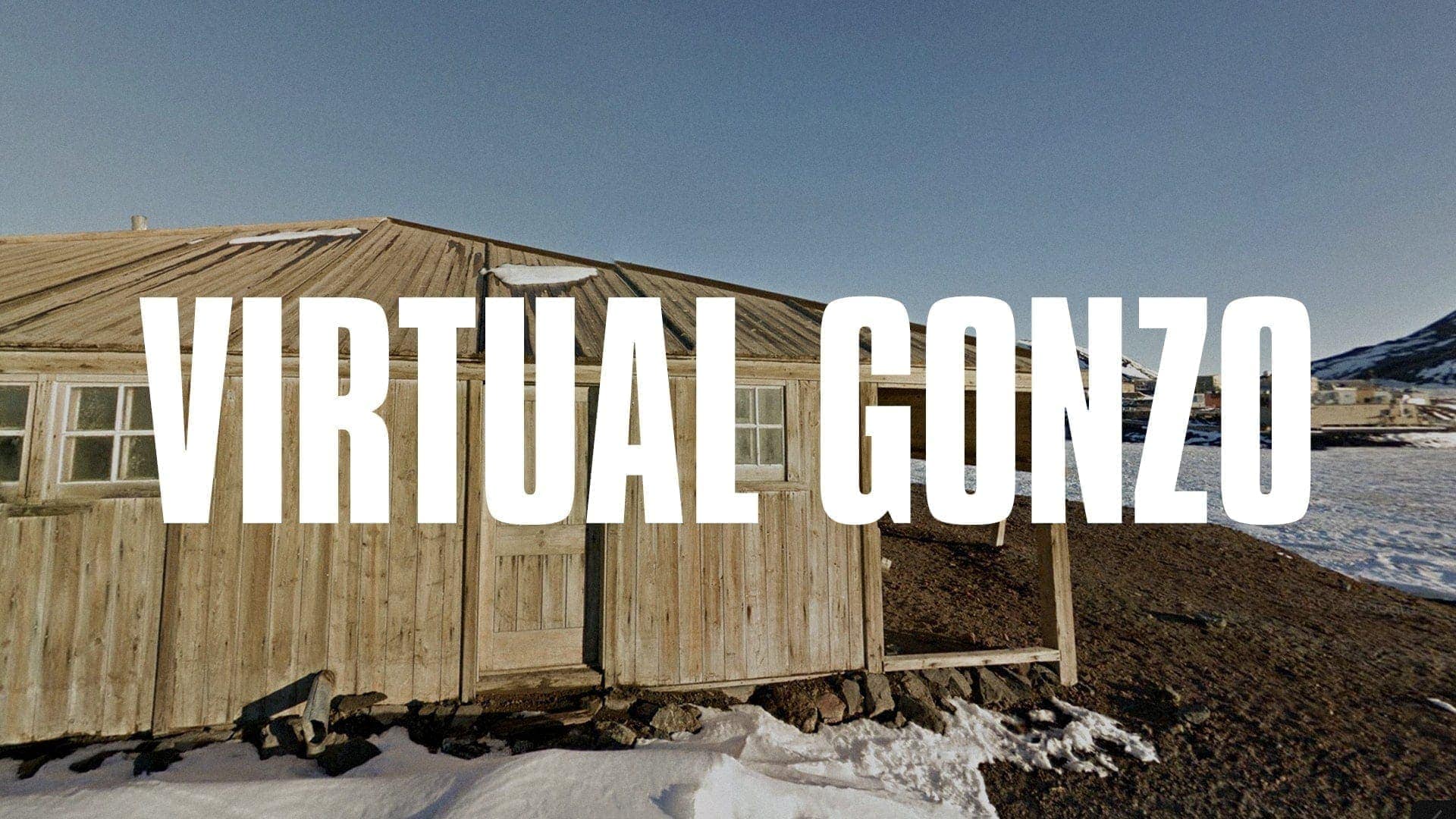

Pushing back against lockdown, we’ve turned to the internet for our kick of wanderlust. From huge art installations, by the likes of Christo and Kara Walker, to sleepy Japanese villages inhabited by hundreds of life-size dolls, this series sees us checking out the vestiges of culture enshrined on Street View.
Last time, we visited a troubled neighbourhood in the hills of Pachucha, Mexico, and the street art campaign that sought to give it a new lease of life. This time our sights are set on the blizzards of Antarctica and a solitary wooden hut, which was once a temporary home to early explorers enduring isolation in sub-freezing conditions.
I’m on the south tip of Ross Island, one of the most isolated places in the world, and I’m here in my studio flat in ‘Phase Two’ of lockdown
I’m on the south tip of Ross Island, one of the most isolated places in the world, and I’m here in my studio flat in ‘Phase Two’ of lockdown. My plan is to visit Scott’s Hut on Street View and think about ‘third quarter syndrome’, which I believe I’m suffering from.
Scott’s Hut is a building that was erected for the Terra Nova expedition (1910-13), named after its leader, Robert Falcon Scott, a man who set off to claim the South Pole for the British and died defeated, tired and frozen, along with four of his colleagues, on the way back home. The third quarter is the bit after the midpoint, when the end is getting closer, yet still so far away.


Gone is the novelty of Zoom quizzes, cooking and pyjamas. Sure, we can see up to six people now, which is great – but now that’s an option, the prospect of ten people, twenty people… pubs, parties and concerts slides into view. Then promptly slides away again, and seems to remain at an extreme vanishing point.
People in all types of isolation experience the third quarter phase: from space stations to submarines, from prisoners to Antarctic explorers, like Scott and his team holed up in that hut. The thing is, being inside that decaying wooden shack, with its rancid seal meat and dusty floors, is a forbidding prospect – even on Street View.
Being inside that decaying wooden shack, with its rancid seal meat and dusty floors, is a forbidding prospect – even on Street View
So I procrastinate. I drop down on one of the roads that loop around the McMurdo research station. Zone out for a bit. The road is striated with tracks left by heavy vehicles with deep tire tread. The sun is harsh and low. The scattered buildings look like freight containers. They don’t belong here among the ice and the mountains, gecko-skinned with patches of snow and jet grey where the ice has melted.
I decide to check out Observation Hill. Maybe there’ll be a nice view. Instead I find a huge sky the colour of windshield wiper fluid and a modest wooden cross facing out towards the whiteness of the Barrier. It was here, on the Ross Ice Shelf, that Scott’s party died in 1912.
Fine. I’ll visit the hut.
ArrayInside are wooden floors, beams, floors and boxes in disarray. Rusted cans, jerry cans, and cans of Fry’s Pure Concentrated Cocoa. Frayed fabric, rope, and – it’s all too easy to imagine – frayed nerves. If I had to stay here, I’m sure I’d go nuts in the first quarter, let alone the third.
It was from here, during the winter of 1911, that Scott’s party set out with dogs, ponies, and sledges, to face the equivalent of 69 back-to-back marathons. The two motor sledges broke down within a week. Unseasonably high temperatures meant wet blizzards and ponies sunk to their bellies in snow. Scott’s final party made it to the South Pole on 17 January 1912, only to find that the Norwegians had beat them to it by 34 days.
What was the third quarter of isolation like for the men left in the hut, while blizzards raged outside?
On the way back, temperatures dropped to -40 C. One explorer revealed a badly infected hand, which by February had lost two fingernails. Another had frostbite, and he had it bad. On or about 29th March, Scott died of hypothermia in his sleeping bag, flanked by two of his men. Their bodies were found eight months later.
Although the end of the story is a tragic one, perhaps borne out of Scott’s stubbornness, I want to focus on the bit after the midpoint. When the end is getting closer, yet still so far away. What was the third quarter of isolation like for the men left in the hut, while blizzards raged outside? What did they do to stay sane?


Aside from a strict schedule of diary writing and competitive chess matches, the team found solace in music. They brought two HMV ‘monarch’ gramophones on the expedition. Search ‘Scott’s Music Box’ on Spotify and you’ll hear grainy operettas and comical music hall hits. Pomp and pageantry so dissonant with the dark of winter.
According to one of the younger men on the expedition, Apsley Cherry-Garrard, “The men with the greatest store of nervous energy came best through this expedition… their strength of mind triumphed over their weakness of body. If you want a good polar traveler, get a man without too much muscle… and let his mind be on wires – of steel.”
Nervous glances are exchanged. The wind rattles the windows. Then the tension subsides. As it must
As I write this, I’m listening to a plodding rendition of The Blue Danube Waltz and imagining it leaking from a gramophone. The smell of seared seal blubber mingles with the pipe smoke in the cold and claustrophobic air. At checkmate, someone gets to his feet, knocking all the chess pieces off the board. Nervous glances are exchanged. The wind rattles the windows. Then the tension subsides. As it must.
I’m not sure my mind is on steel wires, but according to Cherry-Garrard I’ll be okay. I’ve got a good “store of nervous energy” – probably enough for two winters. Comparing the isolation of the Terra Nova Expedition to the current lockdown would seem to trivialise it (and, let’s be honest, there’s no comparison, they had it worse).

However, it’s a comfort to think that the third quarter phenomenon occurs more or less across the board; to recognise that feeling weird is actually normal, when it’s a reaction to abnormal circumstances.
Scott’s Hut might be the tattered remnant of a tragedy. But it’s also an enduring symbol of our fortitude. Endurance, set against the waltzing snow.




